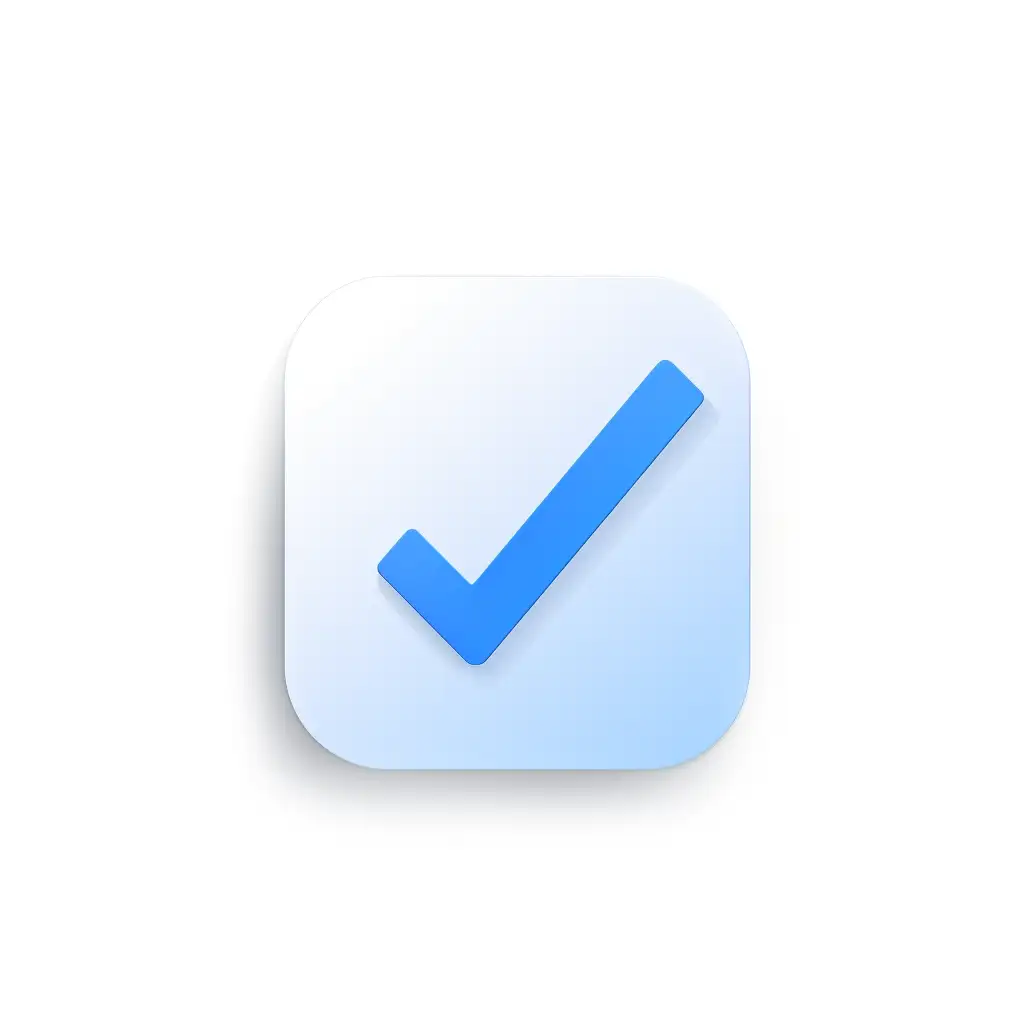A Guide To Human Capital Management

What is Human Capital Management?
Human Capital Management (HCM) represents a comprehensive and strategic approach to managing an organization’s most valuable asset: its people. At its core, HCM is centered on the idea that employees are not just resources but are the capital that drives business success through their skills, knowledge, and abilities. This philosophy underpins a holistic framework designed to recruit, manage, develop, and optimize the workforce, ensuring that each individual’s contributions align with the overarching objectives of the organization.
This strategic approach goes beyond traditional administrative HR functions. It integrates a wide spectrum of practices, including workforce planning, talent acquisition, performance management, employee engagement, compensation and benefits, learning and development, succession planning, and HR analytics. By weaving these elements together, HCM aims to cultivate a productive and engaged workforce that can adapt and thrive in a constantly changing business environment.
The significance of HCM lies in its ability to enhance employee satisfaction and empowerment. By focusing on the employee experience, organizations can foster a culture of recognition, growth, and innovation. Employees feel valued and motivated, which in turn drives higher levels of productivity and efficiency. Moreover, effective HCM strategies contribute to the attraction and retention of top talent, a critical factor in maintaining competitive advantage in today’s fast-paced market.
Key Components of Human Capital Management
Human Capital Management (HCM) is a multifaceted discipline that encompasses various components crucial for the strategic management of an organization’s workforce. Each of these components plays a vital role in ensuring that the human capital is effectively utilized and nurtured to meet the organization’s goals. Here’s an expanded look at each key component:
Recruitment and Onboarding:
The journey of an employee within an organization begins with recruitment and onboarding, making these processes foundational to effective HCM. Recruitment is not just about filling vacancies but about attracting the right talent that aligns with the company’s values, culture, and objectives. This involves strategic sourcing, employer branding, and a selection process that assesses both skills and cultural fit.
Once candidates are selected, the onboarding process becomes critical in integrating them into the organization. A well-structured onboarding program does more than just introduce new hires to their roles; it immerses them in the company culture, connects them with their colleagues, and provides them with the tools and knowledge needed to succeed. Effective onboarding can significantly impact employee engagement, retention, and productivity, setting the stage for long-term success.
Talent Management:
Talent management is the continuous process of developing and retaining an organization’s workforce. It starts with understanding the current and future needs of the business and aligning them with the employees’ career aspirations. Performance management systems are put in place to evaluate and enhance employee performance through feedback and coaching.
Training and development programs are tailored to upskill employees, keeping them abreast of industry trends and enabling them to grow professionally. Succession planning identifies and develops potential future leaders within the organization, ensuring a talent pipeline for critical roles. Together, these efforts foster a culture of continuous improvement and innovation.
Workforce Management:
Effective workforce management is crucial for optimizing productivity and operational efficiency. It involves scheduling employees in a way that meets the organization’s operational demands while considering their preferences and work-life balance. Time and attendance tracking ensures accurate payroll processing and compliance with labor laws, while leave management systems allow for the seamless planning of absences, ensuring that business operations are not disrupted.
Benefits and Compensation:
A competitive benefits and compensation package is essential for attracting and retaining top talent. This goes beyond just offering attractive salaries; it includes bonuses, health insurance, retirement plans, and other perks that contribute to the overall well-being and financial security of employees. Tailoring these packages to meet the diverse needs of the workforce can significantly enhance employee satisfaction and loyalty.
HR Analytics:
In today’s data-driven world, HR analytics plays a pivotal role in strategic decision-making. By collecting and analyzing data on various aspects of the workforce, organizations can gain insights into employee performance, engagement levels, turnover rates, and more. This information helps in identifying trends, forecasting future HR needs, and evaluating the impact of current policies and programs. Armed with this knowledge, HR professionals can make informed decisions that drive organizational success.


The Importance of Human Capital Management
Human Capital Management (HCM) is not merely a set of HR practices but a strategic framework essential for the overall success and sustainability of an organization. Its importance cannot be overstated, as it directly impacts every aspect of the business, from productivity and innovation to customer satisfaction and financial performance. Below, we explore the critical reasons why HCM holds such significance in today’s business landscape:
Enhances Employee Engagement and Satisfaction
At the heart of HCM is a focus on creating a work environment that fosters engagement, satisfaction, and a sense of belonging among employees. Engaged employees are more motivated, productive, and committed to their organization’s goals. They are also more likely to go above and beyond in their roles, contributing to innovation and customer satisfaction. HCM practices such as recognition programs, career development opportunities, and supportive leadership help in building a culture where employees feel valued and empowered.
Aligns Workforce Goals with Organizational Objectives
One of the fundamental aspects of HCM is ensuring that the goals of the workforce are in harmony with those of the organization. This alignment is crucial for driving organizational success, as it ensures that all employees are working towards a common purpose. Through effective communication, performance management, and strategic HR planning, HCM helps employees understand how their work contributes to the bigger picture, enhancing their commitment and productivity.
Facilitates Talent Acquisition and Retention
In a competitive labor market, attracting and retaining top talent is a significant challenge for businesses. HCM strategies are pivotal in making an organization an employer of choice. By offering competitive benefits, opportunities for growth, and a positive workplace culture, companies can attract the best talent. Similarly, retention is enhanced through continuous development, recognition, and by providing a clear career path, reducing the costs and disruptions associated with high turnover rates.
Drives Organizational Growth and Innovation
Organizations that invest in HCM are better positioned to drive growth and foster innovation. A well-managed workforce is more agile, adaptable, and creative, qualities that are essential in a rapidly changing business environment. By encouraging a culture of continuous learning and improvement, HCM ensures that the organization not only keeps pace with industry changes but also leads in innovation, creating new opportunities for growth.
Improves Decision Making Through Data-Driven Insights
HCM leverages HR analytics to provide leaders with data-driven insights into workforce trends, challenges, and opportunities. This information allows for informed decision-making regarding workforce planning, talent management, and strategic investments in employee development. By understanding the dynamics of their human capital, organizations can make proactive adjustments to their strategies, enhancing their competitiveness and effectiveness.
Supports Compliance and Risk Management
Effective HCM also plays a crucial role in ensuring compliance with labor laws and regulations, thereby mitigating legal and financial risks. By maintaining proper records, adhering to employment standards, and implementing fair HR practices, organizations can avoid costly legal issues and enhance their reputation as responsible employers.
Cultivates a Sustainable and Ethical Business Model
Finally, HCM contributes to the creation of a sustainable and ethical business model by prioritizing the well-being and development of employees. Companies that are committed to ethical labor practices and invest in their communities are more likely to earn the trust and loyalty of not just their employees, but also their customers and other stakeholders.
Best Practices in Human Capital Management
Adopting best practices in Human Capital Management (HCM) is crucial for organizations aiming to maximize the potential of their workforce while aligning with modern workplace expectations and demands. Here are expanded insights into these practices:
Leverage Technology:
The use of advanced HCM software is indispensable in today’s digital age, offering tools to automate and enhance various HR processes. These technologies facilitate efficient recruitment, onboarding, performance management, and employee engagement. Moreover, they enable the collection and analysis of data, providing insights that drive strategic decision-making. Implementing the right HCM technology can significantly improve the employee experience by offering self-service options for benefits management, learning and development, and personal information updates, making HR services more accessible and personalized.
Focus on Employee Development:
Creating a culture of continuous learning and professional development is key to maintaining a competitive edge. Organizations should invest in training programs, mentorship, and career development opportunities that help employees expand their skills and grow professionally. This not only enhances their performance but also increases job satisfaction and loyalty. Employee development should be aligned with both the individual’s career goals and the organization’s strategic objectives, ensuring a mutual benefit and a stronger workforce.
Adopt a Holistic Approach:
Integrating HCM with the organization’s overall business strategy ensures that HR practices contribute directly to achieving business goals. This holistic approach requires understanding the business’s strategic direction and how the workforce can best support these objectives. It involves aligning talent management, workforce planning, and employee engagement initiatives with the broader business plan, ensuring that HR efforts are not siloed but are integral to the organization’s success.
Prioritize Employee Well-being:
Employee well-being is a critical component of effective HCM. Organizations should implement comprehensive well-being programs that address physical, mental, and emotional health. This includes offering mental health support, flexible working arrangements, fitness programs, and initiatives that promote a healthy work-life balance. By prioritizing the well-being of employees, companies can reduce burnout and absenteeism while boosting productivity and employee satisfaction.
Embrace Diversity and Inclusion:
A diverse and inclusive workplace is not only a moral imperative but also a strategic advantage. Diversity brings a wealth of perspectives, ideas, and creativity, driving innovation and better decision-making. Inclusion ensures that all employees feel valued and empowered to contribute their best. Organizations should actively work to eliminate bias in recruitment, promotion, and development processes and create an environment where diversity is celebrated. Training programs on diversity, equity, and inclusion can help foster an inclusive culture, ensuring all employees feel supported and engaged.

Challenges in Human Capital Management
Human Capital Management (HCM) is an intricate field, fraught with challenges that require strategic foresight and agility to overcome. As organizations navigate the complexities of modern workforce management, they encounter several obstacles that can impact their ability to manage their human resources effectively. Here are expanded insights into these challenges:
Navigating Workforce Complexity:
Today’s workforce is more diverse and dynamic than ever, comprising multiple generations with varying expectations, work styles, and communication preferences. Managing such a diverse workforce requires flexible and inclusive strategies that cater to the unique needs and aspirations of different employee groups. Additionally, the rise of remote and hybrid work arrangements has introduced new complexities in managing team cohesion, productivity, and engagement across dispersed locations.
Adapting to Changing Labor Laws:
Labor laws and regulations are constantly evolving, and keeping abreast of these changes is a significant challenge for organizations. Compliance is not optional; failure to adhere to labor laws can result in legal repercussions, financial penalties, and damage to an organization’s reputation. This challenge is compounded for multinational corporations that must navigate the legal frameworks of multiple jurisdictions, making it essential to have a robust compliance strategy in place.
Ensuring Privacy and Security of Employee Data:
With the increasing reliance on digital technologies in HR processes, the protection of sensitive employee data has become a paramount concern. Organizations must implement stringent data security measures to prevent unauthorized access, data breaches, and identity theft. This involves not only technical solutions but also comprehensive data privacy policies and regular training for employees on data protection best practices.
Managing Talent Acquisition and Retention:
In a competitive job market, attracting and retaining top talent is increasingly challenging. Organizations must offer compelling value propositions to prospective and current employees, encompassing competitive compensation, career development opportunities, and a positive workplace culture. The shift in employee expectations towards more flexible work arrangements and meaningful work also requires organizations to rethink their talent management strategies.
Addressing Skills Gaps and Future Workforce Planning:
Rapid technological advancements and shifting industry landscapes have led to significant skills gaps within many organizations. Keeping the workforce’s skills up-to-date and aligning talent development with future business needs is a constant challenge. This necessitates a forward-looking approach to workforce planning and investment in continuous learning and development programs.
Cultivating Leadership and Organizational Culture:
Developing effective leaders and fostering a positive organizational culture are ongoing challenges in HCM. Leadership development programs must evolve to equip leaders with the skills to manage diverse, remote, and dynamic teams. Simultaneously, cultivating a culture that supports innovation, inclusivity, and employee well-being requires concerted effort and alignment across all levels of the organization.
The Future of Human Capital Management
The landscape of Human Capital Management (HCM) is on the brink of a transformative shift, propelled by rapid advancements in technology and changing workforce dynamics. As we look to the future, several key trends and innovations are poised to redefine how organizations manage, engage, and develop their human capital. Here’s an expanded view of what the future holds for HCM:
Digital Transformation and Personalization:
The digital transformation of HCM processes is set to deepen, with a strong emphasis on personalization. Technology will enable HR services to be more tailored to individual employee needs, preferences, and career paths, enhancing the overall employee experience. Personalized learning and development plans, flexible benefits platforms, and AI-driven career coaching are examples of how digital tools can cater to the unique aspirations of each employee, boosting satisfaction and engagement.
Artificial Intelligence and Machine Learning:
AI and machine learning are at the forefront of revolutionizing HCM. These technologies can automate routine tasks, such as resume screening and initial candidate assessments, freeing up HR professionals to focus on more strategic aspects of their roles. Moreover, AI can provide predictive analytics to inform workforce planning, talent management, and employee retention strategies, allowing organizations to anticipate changes and prepare accordingly.
Automation and Efficiency:
Automation in HCM is not just about reducing manual workload; it’s about enhancing efficiency and accuracy across HR processes. From payroll processing to performance evaluations, automation tools can help minimize errors, ensure compliance, and deliver timely insights. This shift towards automation will enable HR departments to become more strategic, focusing on initiatives that directly contribute to business objectives.
Enhanced Employee Experiences Through Technology:
Emerging technologies such as virtual reality (VR) and augmented reality (AR) are set to enrich employee experiences, particularly in training and development. VR can simulate real-world scenarios for hands-on learning without the associated risks or costs, while AR can provide on-the-job guidance and support. These technologies offer immersive and interactive ways to develop skills, improving learning outcomes and employee engagement.
Data-Driven Decision Making:
The future of HCM will be increasingly data-driven, with HR analytics playing a pivotal role in strategic decision-making. Big data and analytics tools will provide deeper insights into employee behavior, productivity patterns, and engagement levels, enabling data-driven decisions that enhance organizational performance. Predictive analytics will also help in identifying future talent needs and potential leadership gaps, allowing for more proactive talent and succession planning.
Focus on Well-being and Mental Health:
The importance of employee well-being and mental health will continue to gain prominence in HCM strategies. Organizations will increasingly adopt holistic well-being programs that address not just physical health but also mental and emotional well-being. Technology, including wellness apps and platforms, will support these initiatives by providing resources and tools that employees can access to manage their health and well-being.
Embracing the Gig Economy:
The rise of the gig economy and the increasing number of freelance and contract workers present new challenges and opportunities for HCM. Organizations will need to adapt their HR practices to manage a more fluid and dynamic workforce, including integrating these workers into the organizational culture, providing flexible work options, and ensuring fair and equitable treatment.

Disclaimer: The content provided on this webpage is for informational purposes only and is not intended to be a substitute for professional advice. While we strive to ensure the accuracy and timeliness of the information presented here, the details may change over time or vary in different jurisdictions. Therefore, we do not guarantee the completeness, reliability, or absolute accuracy of this information. The information on this page should not be used as a basis for making legal, financial, or any other key decisions. We strongly advise consulting with a qualified professional or expert in the relevant field for specific advice, guidance, or services. By using this webpage, you acknowledge that the information is offered “as is” and that we are not liable for any errors, omissions, or inaccuracies in the content, nor for any actions taken based on the information provided. We shall not be held liable for any direct, indirect, incidental, consequential, or punitive damages arising out of your access to, use of, or reliance on any content on this page.
Trusted By
Trusted by 3.2M+ Employees: 21 Years of Service Across Startups to Fortune 500 Enterprises
Join our ever-growing community of satisfied customers today and experience the unparalleled benefits of TimeTrex.










Strength In Numbers
Join The Companies Already Benefiting From TimeTrex
Time To Clock-In
Start your 30-day free trial!
Experience the Ultimate Workforce Solution and Revolutionize Your Business Today
- Eliminate Errors
- Simple & Easy To Use
- Real-time Reporting

Saving businesses time and money through better workforce management since 2003.
Copyright © 2025 TimeTrex. All Rights Reserved.

